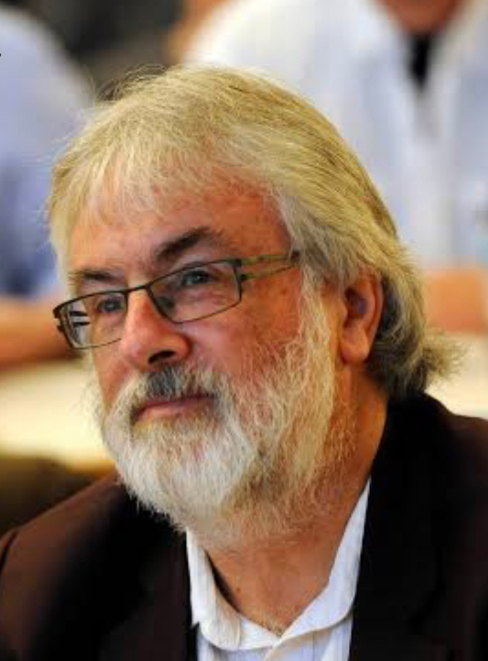During my over 30 years representing medical and dental specialists, primarily those employed by district health boards, it never ceased to impress me how much they generate sustainable innovation. Specialists by their nature and training are masters of complexity in their diagnosis and treatment of patients.
This unique expertise and experience extends into the complexity of health system delivery. Their success of this is dependent on workforce capacity (ie, no shortages and therefore sufficient time) and leadership culture (managerialism for example is an impediment).
Who drives health system innovation
Health system innovation is not driven by health managers, human resource managers, Health Ministry officials, policy analysts, academics or governments. Their role should be supportive and enabling. Overwhelmingly it is driven by health professionals working in the health system and none more than the medical profession.
Over 30 years I’ve seen the expansion of less invasive laser surgery which dramatically increased day surgery and surgical output as a consequence. The role of anaesthetists has expanded into both pre-operative and post-operative care thereby improving the quality of the patient journey. Ophthalmologists have led an evolution in their speciality from being predominantly surgical to being medical, a change that has led to much less invasive treatment and greatly increased throughput.
Emergency medicine
Another experience has been the emergence of the specialty of emergency medicine radically changing the role of former A&E hospital services. Emergency medicine has transformed the way public hospitals function including in the capability to discharge more patients without having to admit them into the wards and becoming more part of an integrated whole of hospital system.
In the Medical Council’s most recent workforce survey emergency medicine is identified as one of the three fastest growing specialties (urgent care and ophthalmology are the others) increasing by 6.6% between 2018 and 2019.
In 2005 there were 88 emergency medicine specialists in New Zealand representing 1.4 % of the 6,389 total vocationally registered medical profession (including general practitioners). By 2019 the number had increased by nearly 263% to 319 whereas the total vocationally registered specialists had increased by around 52%. Compared with 1.4% in 2005 they represented 3.3% of all vocationally registered specialists in 2019.
Rural hospital medicine
Now we have another transformative development with the emergency of an even newer vocational (specialist) branch of medicine – rural hospital medicine which is a division in the Royal New Zealand College of General Practitioners.
The Medical Council defines these specialists by the context of where they provide medical care – rural communities which includes professional and geographic isolation. Invariably it is practised at a distance from comprehensive medical and surgical services and investigations. Unlike rural general practice, rural hospital medicine is practised in secondary care settings (hospitals), including outpatient and inpatient services. Rural hospital medicine is responsive rather than anticipatory and doesn’t continue for the same patient over time.
Dr Brendan Marshall, who manages rural hospital medicine for West Coast DHB, describes his DHB as being at the forefront of the rural generalist model in New Zealand and being watched by other regions with similar challenges. Southern DHBs’ Lakes District Hospital in Queenstown is another example as is Northland DHB in the far north.
The Medical Council reports that in 2010 there were 26 vocationally registered rural hospital medicine specialists (there were none in 2005). By 2019 there were 120. This is an increase of over 360% compared with over 30% for the total vocational registrants including general practitioners. There is also a significant gender trend. In 2019 65% of those undertaking vocational training for rural hospital medicine were female.
Rural hospital medicine is provided by general practitioners in a hospital setting. In plain language it combines the generalism of general practice with expanded practice scopes in obstetrics and anaesthesia. This has the potential to expand into other practice scopes providing that it is clinically rather than managerially led.
Applying the strength of generalism to our smaller rural hospitals has transformational potential for their future clinical sustainability. DHBs have a responsibility to give oxygen to this initiative rather than seek to shape it through a leadership culture of managerialism.
Originally published here.



 Binoy Kampmark: AUKUS - Flawed And Sinking
Binoy Kampmark: AUKUS - Flawed And Sinking Martin LeFevre - Meditations: The Darkest Hour Before Dawn Or The Sum Of All Dark Ages?
Martin LeFevre - Meditations: The Darkest Hour Before Dawn Or The Sum Of All Dark Ages? Gordon Campbell: On Justin Trudeau’s Demise, In A Global Context
Gordon Campbell: On Justin Trudeau’s Demise, In A Global Context Ramzy Baroud: Israel Destroyed Gaza ‘For Generations To Come’ And The World Stayed Silent
Ramzy Baroud: Israel Destroyed Gaza ‘For Generations To Come’ And The World Stayed Silent Binoy Kampmark: Detained Without Charge - Eleven Yemenis Leave Guantánamo
Binoy Kampmark: Detained Without Charge - Eleven Yemenis Leave Guantánamo Ramzy Baroud: The War Criminal 'Victim' - Netanyahu’s Inevitable Fate
Ramzy Baroud: The War Criminal 'Victim' - Netanyahu’s Inevitable Fate
